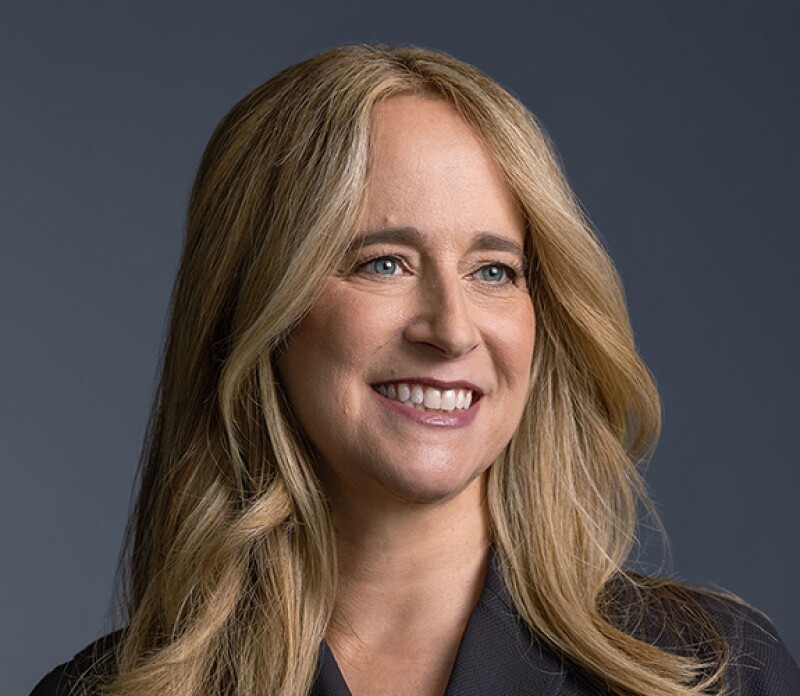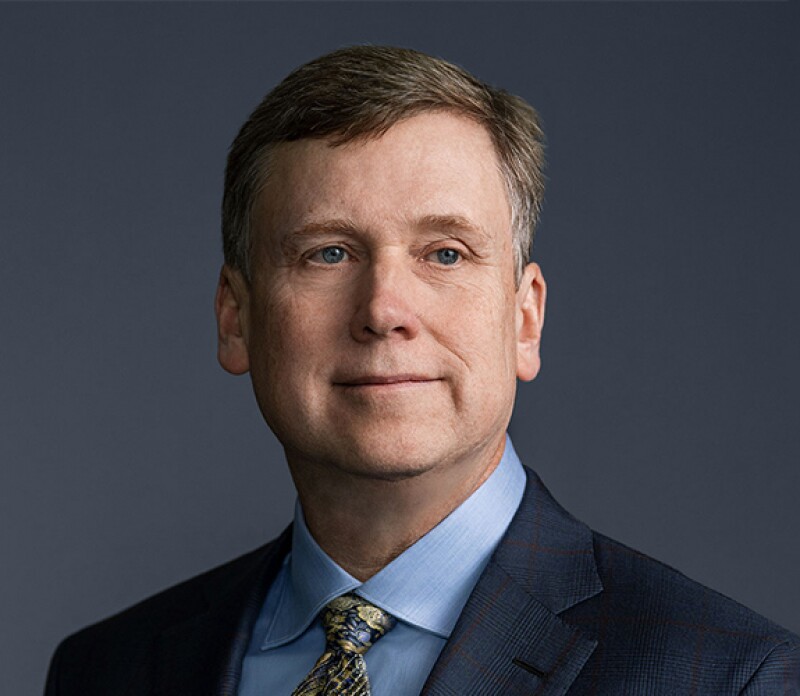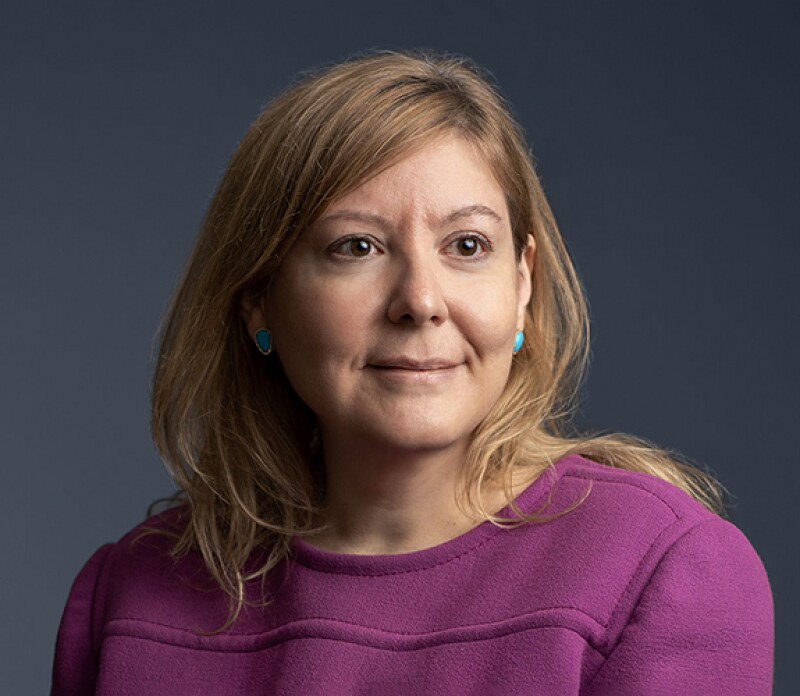GlobalCapital: Mayer Brown is being recognized once again as Best ABS Law Firm. What sets the team apart in such a competitive market?

Gillespie (pictured): The first thing that comes to mind is the size and breadth of our practice. We have over 150 structured finance lawyers and cover more asset classes than any other structured finance group. Not only are we dominant in many of the more traditional asset classes like autos and credit cards, but unlike many law firms, we have a wide range of attorneys covering everything from CLOs to mortgage-backed securities and esoteric asset classes.
O’Donnell: In addition to covering more than 50 asset classes — from agricultural lending to wireless spectrum — another major differentiator is our regulatory practice. We have around 45 regulatory attorneys, which is far more than our competitors. This expertise is critical for many emerging transactions, in areas like FinTech or home equity options, which have significant regulatory complexity. Clients engaging in those kinds of transactions come to us for that built-in advice.
GC: The firm has a long track record of firsts — from the earliest CLOs to recent innovations in handset and solar ABS. Are there innovative deals that stand out from 2024?
Gillespie: There are several that stand out from last year. One was the first rated subscription loan facility, another was the first rated art loan transaction. We frequently tackle transactions that have never been done before, by applying our extensive knowledge of the market to new products. For example, the securitization of subscription loans and art loans both utilize features of master trust structures. Mayer Brown has vast experience with master trusts from our extensive work with auto floorplan and credit card ABS. One of our many strengths is using our broad expertise across the market to draw insights from one asset class to develop innovative new structures for deals in another.
GC: What helps the firm stay at the cutting edge of structuring?

O’Donnell (pictured): Because of the size and breadth of the firm’s business we see a very large volume of deals. Essentially, we have a deal database we can turn to in order to see what kind of features will make new transactions successful. For example, in structuring off balance sheet deals, we’ve taken tools that we use primarily in trade receivables deals and brought them over to FinTech deals. It’s not just the diversity of our expertise, we work really well together across the wider group. Julie and I work with the tax and bankruptcy teams, the regulatory and securities law teams and with partners across different offices. We have a very strong fund finance group who were instrumental in the fund finance deal that Julie mentioned. This teamwork is something else that sets us apart.
GC: What were some of the key trends in the broader structured finance market and how has it affected Mayer Brown’s business?
O’Donnell: A significant trend we saw in 2024 was the expansion of private credit in the asset-backed market. Private credit investors are often participating in deals by taking subordinate tranches. They’re also acting as purchasers — buying assets and then issuing securitizations themselves. When they do participate in deals, they tend to be very sophisticated and generally focused on understanding and allocating risk. They also have a strong focus on optimizing structures — improving tax and capital efficiency and other key elements. This trend is changing the market and has been very helpful for us — because it’s increasing deal flow across the industry and making transactions more complex, so clients need sophisticated expertise.
GC: Looking at your ESG-related work in 2024, what do you see as Mayer Brown’s most meaningful contributions — and how do you see the ESG securitization landscape evolving over the next year or two?

Pinedo (pictured): In 2024, Mayer Brown’s ESG related securitization transactions featured novel structures. We executed “first-of-their-kind” deals, integrating sustainability metrics into new asset classes, which showcased our broad-based capabilities. Our regulatory bench provided critical advice on disclosure, risk management, and compliance across diverse global standards, helping clients navigate the fragmented landscape. Despite changes in the US regulatory environment, we anticipate continued market interest here as well as globally in esoteric asset classes, including interest in emissions-related products, C-PACE programs, and data center and infrastructure assets. As concerns have heightened relating to greenwashing, we expect continued focus on ratings, analytics and third-party evaluators or verification or programs designed to achieve compliance with broadly accepted standards. Looking ahead, we see the ESG securitization landscape evolving towards increased regulatory complexity, both at the state-level and overseas. There will be enhanced focus on “S” and “G” factors, leading to more social securitizations and greater scrutiny on governance.

